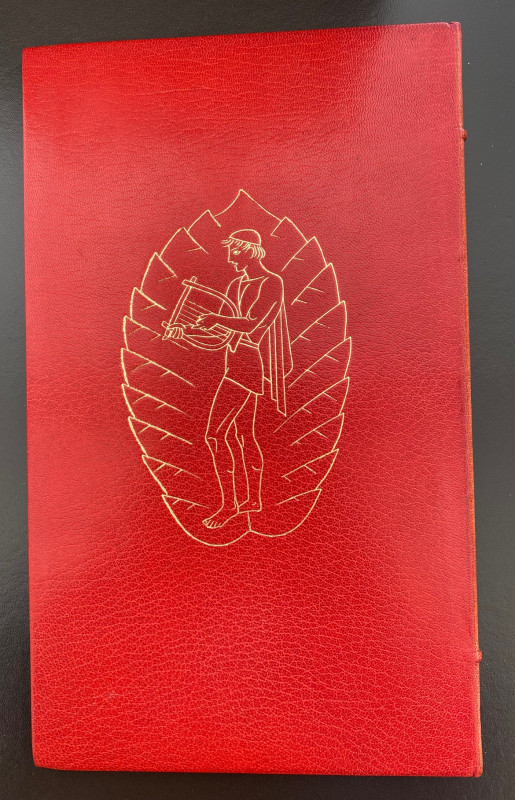

I first explain why this verb was chosen and then proceed to determining the corpus. This article is part of an ongoing investigation into the meaning, origin and use of the augment in Early Greek prose and poetry and discusses the use and absence of the augment in the forms of the simplex ἔειπον/εἶπον in early epic Greek (Homer, Hesiod and the Homeric Hymns). If at times they were used with some structural effect in mind, constraints of metre and the appropriation/adaptation of material transmitted through a long tradition of hymnic poetry may also have been factors in their use. They do not appear to be used entirely at random, often assisting in the transition from historic narrative to generic praise, but nor does any theoretical approach satisfactorily explain all instances. Second, the use of these aorists is considered with respect to any possible structural role they might play.

It is suggested that their temporal reference is not always equal, influenced in each case by the use (or absence) of the colouring particle τε, the content of the sentence, and the wider context in which it appears three broad categories are proposed as a framework for understanding this variation. After outlining the extent of the alternation of tenses in these passages, the temporal reference of the aorists, which have often been termed 'gnomic', is discussed.

This article examines the use of aorists in the attributive passages of early hymnic poetry, using as a point of focus the wealth of examples found in the Homeric Hymn to Aphrodite.


 0 kommentar(er)
0 kommentar(er)
